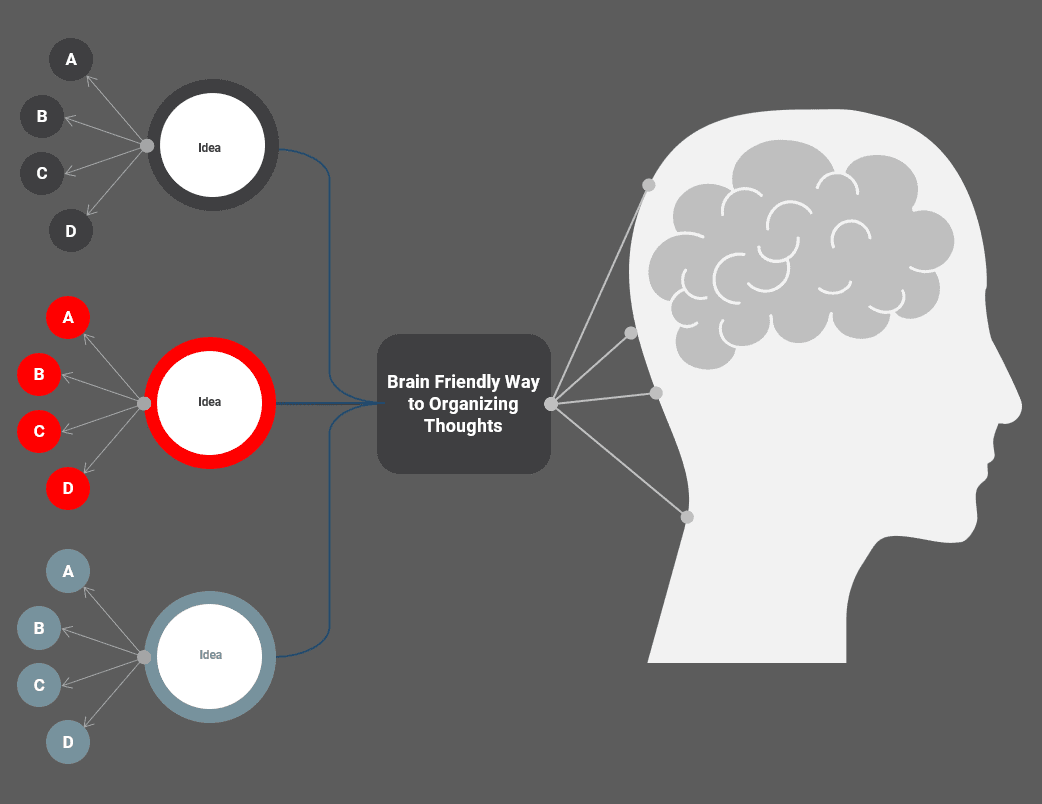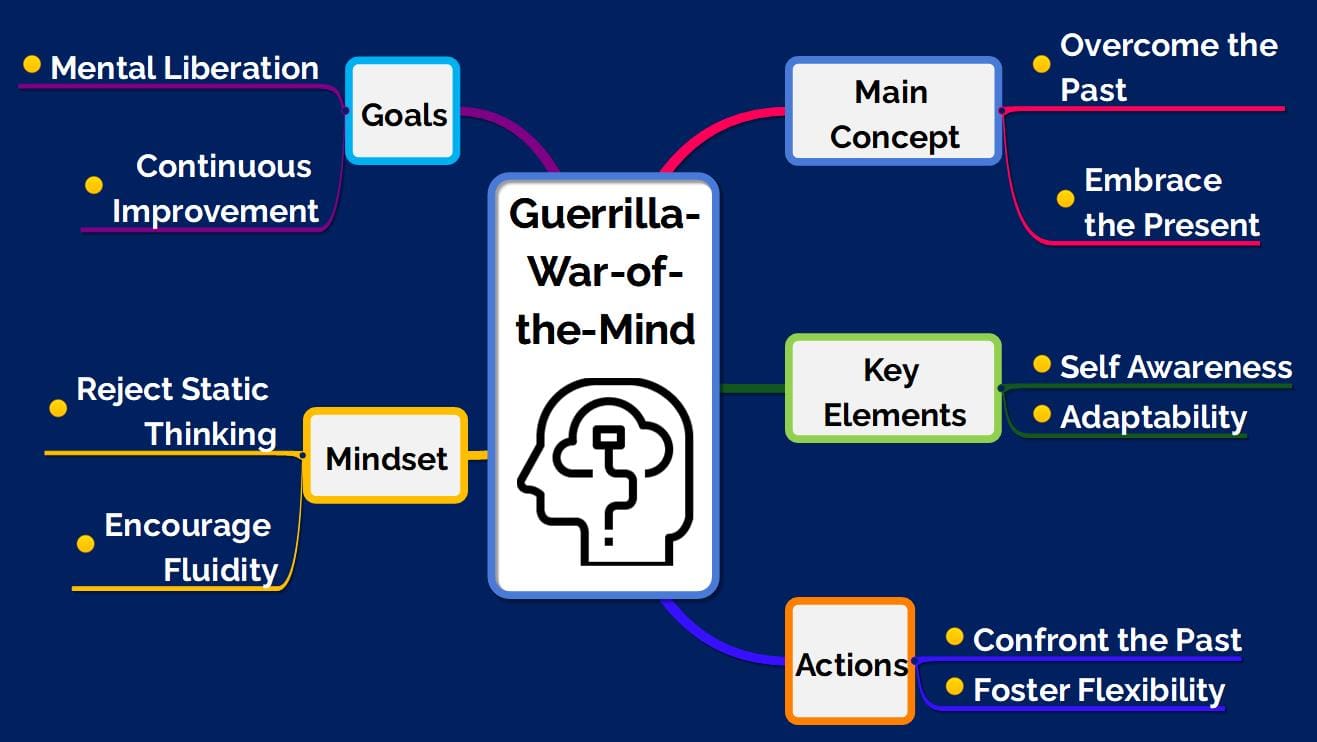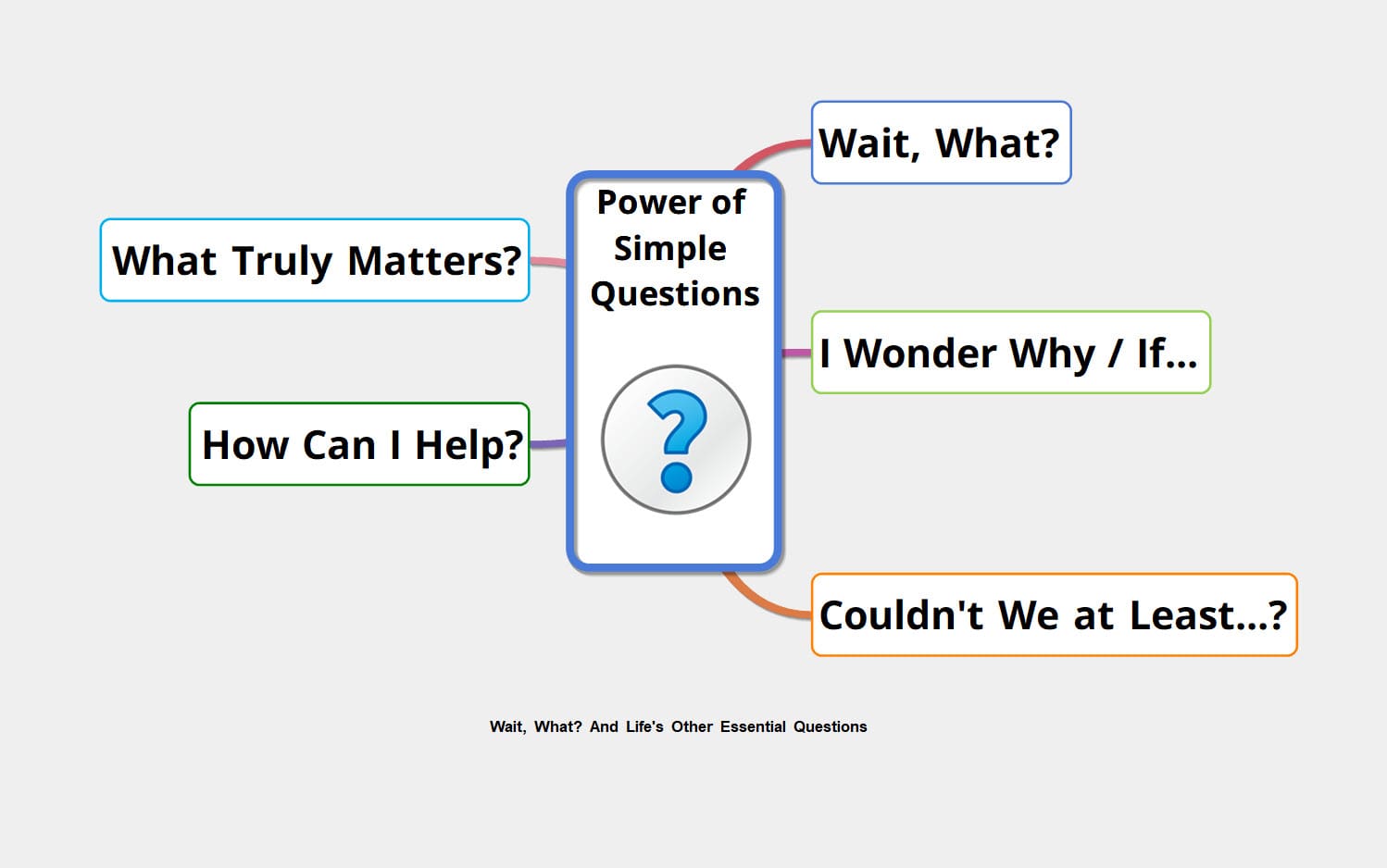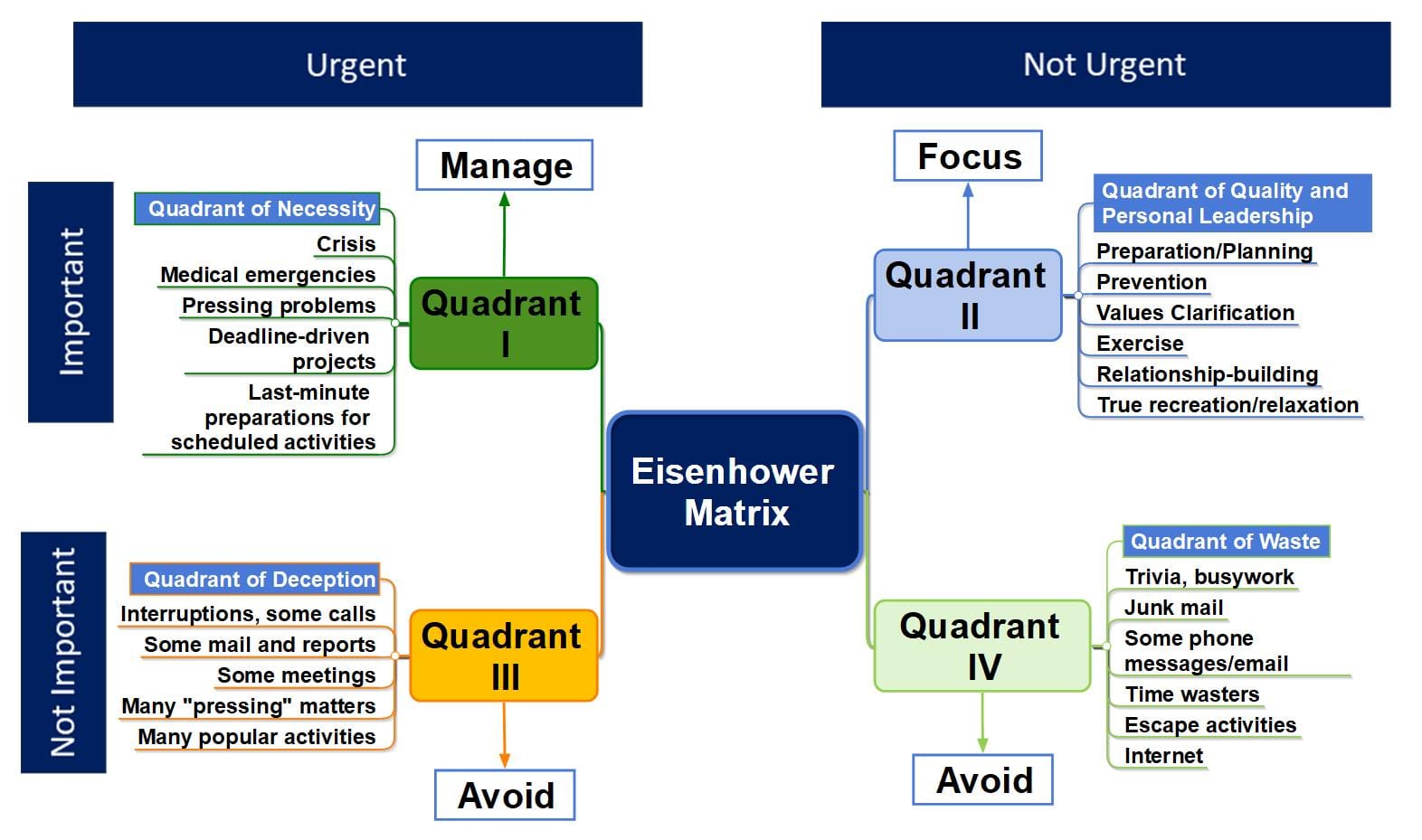If you’ve ever felt overwhelmed by an onslaught of ideas, or you’ve struggled to make sense of complexity, then mind mapping might be the tool for you. It’s a visual pathway to organized thought, allowing you to capture, explore, and connect ideas in a structured yet creative way.
Understanding Mind Mapping
Mind mapping is not merely jotting down ideas. It’s a dynamic process that starts with a central theme or idea, represented by a central title. Think of this as the seed from which all other thoughts will grow.
The Power of the Single Branch
The journey of a mind map begins with a single branch. This represents the first step to organizing your ideas. One idea leads to another, creating a network of interconnected thoughts. And before you know it, you have a detailed map of your thoughts, ideas, and insights.
Simplicity and Clarity
In mind mapping, simplicity is key. Avoid over-complicating your mind map. Keep it clean, uncluttered, and clear. This allows you to focus on the ideas and their connections, rather than getting lost in a maze of complexity.
Branching Out With Purpose
From the central title, you branch out based on key categories. This could be the ‘who’, ‘what’, ‘where’, ‘when’, ‘why’, and ‘how’ of your central idea. Each branch should serve a purpose, helping to further elaborate and expand upon the central theme.
Personalization and Symbolism
Mind mapping is not a monotonous process. Each node can be personalized with distinct styles or colors, adding an emotional dimension to your map. Icons and symbols evoke immediate understanding, making your map more engaging and memorable.
Dynamic Mapping
Your map should evolve with your ideas. Ideas are not static; they grow, they change, and sometimes they merge. Your map should reflect this dynamism, adjusting and evolving along with your thought process.
Beyond the Surface
A mind map is more than a collection of facts. It’s a representation of your inner landscape, capturing not just tangible facts but also intangible insights and connections. It’s about how you perceive and connect with an idea.
The Eureka Moment
Every mind map should lead to clarity or a revelation—your “Aha!” moment. This is the culmination of your mind mapping process, where all your thoughts and ideas coalesce into a singular, enlightening insight.
Authenticity and Integrity
Finally, your mind map should represent your true understanding and insights. It’s not about what you think others expect to see, but about staying true to your thoughts.
In conclusion, mind mapping is a powerful tool for organized thought. It’s a visual pathway that enables you to understand, explore, and connect ideas in a structured yet creative way. It’s your pathway to the “Eureka!” moment. Happy mind mapping!







